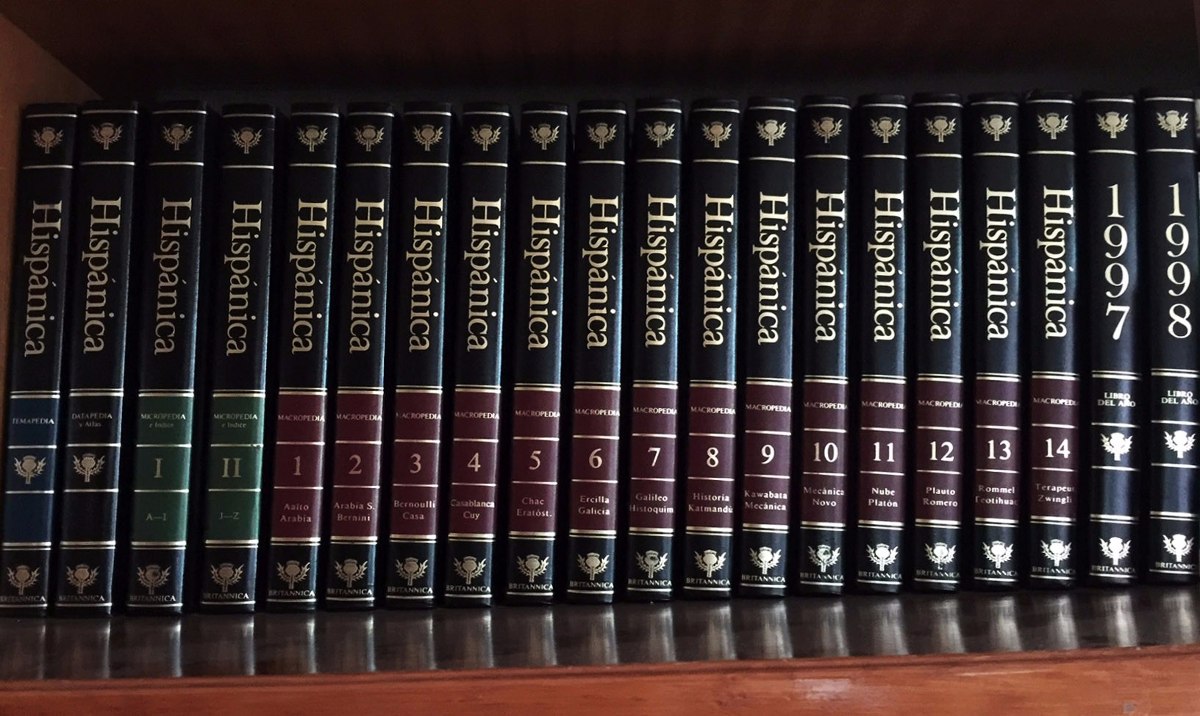

The particular structure-function relationship of the Macropodidae gut and the gut microbiota allows the degradation of lignocellulosic material with a relatively low emission of methane relative to other ruminants. The details of organisation are quite different, but the end result is somewhat similar. Like the eutherian ruminants of the Northern Hemisphere (sheep, cattle, and so on), macropods have specialised digestive systems that use a high concentration of bacteria, protozoans, and fungi in the first chamber of a complex stomach to digest plant material. The dental formula for macropods is 3.0–1.2.4 1. Most species have four molars and, when the last pair is too worn to be of use, the animals starve to death. Like many Macropodiformes, early kangaroos had plagiaulacoids, but these converted into normal molars in more derived species. The molars are large and, unusually, do not appear all at once but a pair at a time at the back of the mouth as the animal ages, eventually becoming worn down by the tough, abrasive grasses and falling out. In general, macropods have a broad, straight row of cutting teeth at the front of the mouth, no canine teeth, and a gap before the molars. Modern omnivorous kangaroos generally belong to a different family. Some are browsers, but most are grazers and are equipped with appropriately specialised teeth for cropping and grinding up fibrous plants, in particular grasses and sedges.


Encyclopedia Britannica Volume 01 by Encyclopedia Britannica 6 copiesĮncyclopedia Britannica Volume 02 by Encyclopedia Britannica 6 copiesĮncyclopedia Britannica Volume 03 by Britannica Editors 7 copiesĮncyclopedia Britannica Volume 04 by Encyclopedia Britannica 8 copiesĮncyclopedia Britannica Volume 05 by Encyclopedia Britannica 7 copiesĮncyclopedia Britannica Volume 06 by Encyclopedia Britannica 5 copiesĮncyclopedia Britannica Volume 07 by Encyclopedia Britannica 9 copiesĮncyclopedia Britannica Volume 08 by Encyclopedia Britannica 6 copiesĮncyclopedia Britannica Volume 09 by Encyclopedia Britannica 6 copiesĮncyclopedia Britannica Volume 10 by Encyclopedia Britannica 6 copiesĮncyclopedia Britannica Volume 11 by Encyclopedia Britannica 7 copiesĮncyclopedia Britannica Volume 12 by Encyclopedia Britannica 7 copiesĮncyclopedia Britannica Volume 13 by Britannica Editors 6 copiesĮncyclopedia Britannica Volume 14 by Britannica Editors 7 copiesĮncyclopedia Britannica Volume 15 by Britannica Editors 8 copiesĮncyclopedia Britannica Volume 16 by Britannica Editors 6 copiesĮncyclopedia Britannica Volume 17 by Britannica Editors 6 copiesĮncyclopedia Britannica Volume 18 by Britannica Editors 6 copiesĮncyclopedia Britannica Volume 19 by Britannica Editors 12 copiesĥ3 (13) 1982 (13) 1983 (19) 2nd shipment (2) enc/gen ebr.v1/30 (1) enc/gen ebr.v10/30 (1) enc/gen ebr.v11/30 (1) enc/gen ebr.v12/30 (1) enc/gen ebr.v13/30 (1) enc/gen ebr.v14/30 (1) enc/gen ebr.v15/30 (1) enc/gen ebr.v16/30 (1) enc/gen ebr.v17/30 (1) enc/gen ebr.v18/30 (1) enc/gen ebr.v19/30 (1) enc/gen ebr.v2/30 (1) enc/gen ebr.v3/30 (1) enc/gen ebr.v4/30 (1) enc/gen ebr.v5/30 (1) enc/gen ebr.v6/30 (1) enc/gen ebr.v7/30 (1) enc/gen ebr.v8/30 (1) enc/gen ebr.Although omnivorous kangaroos lived in the past these were not members of the family Macropodidae, modern macropods are herbivorous.


 0 kommentar(er)
0 kommentar(er)
